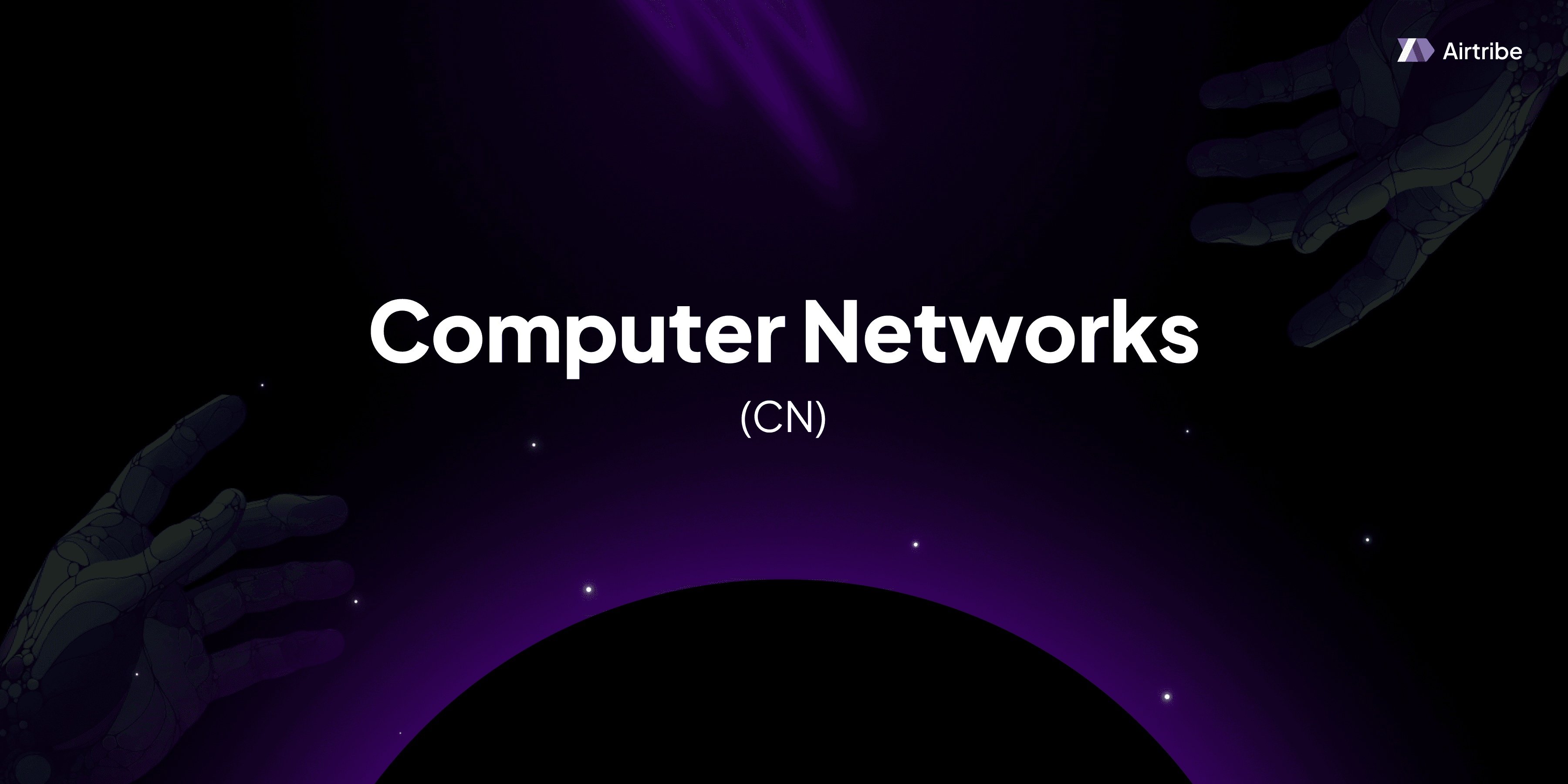Data link protocols

Understanding Data Link Protocols in Computer Networks
In the realm of computer networks, data link protocols serve a critical function—connecting disparate systems at an elementary level and ensuring the smooth transmission of data frames. These protocols operate within the Data Link Layer of the OSI model, playing a foundational role in network communication by encapsulating data into frames, managing physical addressing, and handling error detection and correction.
Core Concepts and Theory
The Data Link Layer
The Data Link Layer is the second layer of the OSI model and is responsible for node-to-node data transfer. It is sandwiched between the Physical Layer, which handles the transmission of raw bit streams over a physical medium, and the Network Layer, which deals with logical addressing and routing. The Data Link Layer encompasses two sub-layers:
Logical Link Control (LLC):
- Handles error correction and flow control.
- Manages frame synchronization, while interfacing between the Network Layer and the Media Access Control (MAC) sub-layer.
Media Access Control (MAC):
- Governs how devices on a local network access the physical medium.
- Determines how data is broken into frames and how addresses are assigned to devices.
Functions of Data Link Protocols
Data link protocols fulfill several vital functions, including:
- Framing: Encapsulation of network layer data into packets known as frames, adding necessary frame delimiters for synchronization.
- Error Detection and Correction: Implementation of error-checking protocols (e.g., CRC – Cyclic Redundancy Check) to identify and correct errors in the received frames.
- Flow Control: Ensuring that the sender does not overwhelm the receiver by managing data transmission speed using techniques like buffering.
- Access Control: Regulating how multiple devices access the shared transmission medium, preventing collision and data overlap through techniques like CSMA/CD (Carrier Sense Multiple Access with Collision Detection).
Practical Applications
Data link protocols are integral to various network technologies and applications. For instance:
- Ethernet: Utilizes the IEEE 802.3 standard for LAN technology, implementing CSMA/CD for collision handling and MAC addressing to ensure proper frame delivery.
- Wi-Fi: Based on IEEE 802.11 standards, employs CSMA/CA (Collision Avoidance) for wireless communication, mitigating interference in a shared air medium.
Code Implementation and Demonstrations
While direct code implementations are rare since data link protocols are often implemented at hardware or firmware levels, understanding frame structure and operations can be insightful.
Example: Ethernet Frame Structure:
| Preamble | Destination MAC | Source MAC | EtherType | Data | CRC |
| 7B | 6B | 6B | 2B | 0-1500B | 4B|
- Preamble: Synchronizes signal between sending and receiving devices.
- MAC Addresses: Source and destination physical addresses on a network.
- EtherType: Identifies the upper layer protocol encapsulated in the payload.
- Data: Actual payload between sending and receiving devices.
- CRC: Error-checking field ensuring data integrity.
Comparison and Analysis
Below is a comparative overview of popular data link protocols:
| Protocol | Type | Usage | Error Handling | Media Access Method |
|---|---|---|---|---|
| Ethernet | Wired LAN | Local Area Networks | CRC | CSMA/CD |
| Wi-Fi | Wireless LAN | Wireless Local Networks | CRC | CSMA/CA |
| PPP | Point-to-Point | Direct WAN Connections | FCS (Frame Check Seq) | N/A |
| HDLC | Synchronous | WAN data transmission | CRC | N/A |
Additional Resources and References
Books:
- "Computer Networking: A Top-Down Approach" by James F. Kurose, Keith W. Ross
- "Data Communications and Networking" by Behrouz A. Forouzan
Online Resources:
Data link protocols serve as the backbone of network communications, ensuring reliability, efficiency, and order in data transmission. They bridge the gap between physical hardware and network-level operations, making them indispensable in both wired and wireless networking environments. Understanding these protocols equips network engineers and IT professionals with the foundational tools necessary for diagnosing and improving network functionality.


